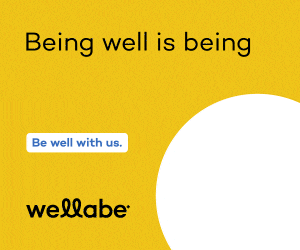No bones about it, few reasons to own OrthoLogic

Dear Mr. Berko:
Last year my broker bought 1,000 shares of OrthoLogic at $6 a share and this year it fell to a low of $3.01. The shares are now back up to $5.03 and he has recommended that I buy another 1,000 shares.
He’s very knowledgeable about new medical products that are coming on the market and insists that this company has a drug that will be approved late this year, that speeds up the healing time of broken bones by a factor of 10. He’s positive about this. He also believes that because of the company’s new drug, some major drug companies looking for new products might be interested in taking over OrthoLogic due to its unique bone-growth drug.
Please, let me know if you think it’s smart to invest another $5,000 in this stock, which hasn’t done anything in two years.
W.R., Syracuse, N.Y.
Dear W.R.:
OrthoLogic Corp. (OLGC-$5.05) develops, manufactures and sells proprietary orthopedic technologies that improve the healing process and shorten the time needed for natural repair of bones and tissues, as you wrote.
The company’s emphasis is on fracture healing and spinal repair, but a healing-time product, as your broker suggested, that speeds up the natural process by a factor of 10 is ludicrous by today’s technologies. The Swiss have developed a density-specific, unilquadium crystalline laser that focuses a thalogenic beam with a duramonic pulse that replicates the natural molecular healing process of internal organs and bones.
This is the only device that speeds a fracture or organ healing process by a factor of 10 (actually 12), but it only works on fish and frogs. Human applications are years away.
However, your broker may be referring to an injectable drug called Chrysalin. Chrysalin is a synthetically manufactured, 23-amino-acid peptide that has been successful in accelerating fracture healing in the Phase 1 and Phase 2 clinical studies.
Because Phase 1 and 2 trials have been so positive, the U.S. Food and Drug Administration recently approved Phase 3 trials and the drug will be tested on some 50 to 100 patients with fractures. However, it is my understanding that Chrysalin speeds the healing process by 10 percent to 15 percent, not tenfold.
Still, a 10 percent to 15 percent improvement in bone fracture healing is impressive, so Chrysalin may have the potential to become a blockbuster drug. This could encourage a major drug company that has the muscle and marketing power to give the drug wide distribution to acquire Orthologic.
OrthoLogic is a $40 million revenue firm that’s been in business since 1987. Last year, the company finally made a per-share profit of 17 cents. It has no debt, a strong cash position ($28 million) and is followed by five suits on Wall Street; three rank it a “buy,” while one rates the stock a “hold.”
Chrysalin is the only reason I’d consider owning the stock, as management’s successes in the past have been quite underwhelming.
One of the company’s two major products is the OL1000 Bone Growth Stimulator, which is portable, battery-powered and microprocessor-controlled. It’s worn by the patient 30 minutes each day and provides a localized magnetic field that promotes the healing of non-union fractures.
Its second major product is called the SpinaLogic Bone Growth Stimulator. This device is specifically used for back fusions. It’s worn by the patient for 30 minutes each day and promotes healing at the fusion site.
However, neither of these devices is a magic wand. Biomet Inc., Stryker Corp. and Smith & Nephew Inc. are a few much larger companies that have competing products and much bigger resources.
OrthoLogic’s current products are not worth much more than a bucket of smooth stones, but Chrysalin may have enormous potential.
Be mindful that the FDA is slow to approve new drugs and it may be a few years before Chrysalin is allowed to become a permitted prescriptive.
Please address your financial questions to Malcolm Berko, P.O. Box 1416, Boca Raton, Fla., 33429 or e-mail him at malber@adelphia.net.






